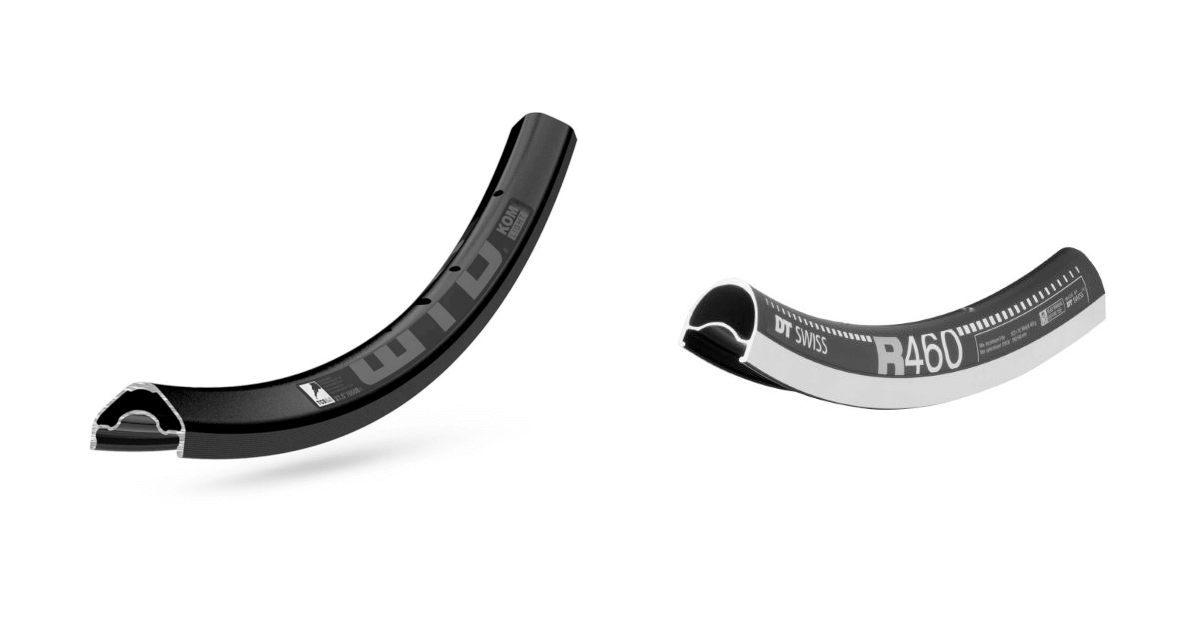The “C + number” notation often seen in wheel product names
Wheel manufacturers such as Fulcrum and Mavic tend to list the wheel rim size in their product names.
For example, the Zonda wheel, which is a standard wheel for beginners to upgrade to a full-fledged wheel, is listed as follows on overseas sites.
- Wiggle: 「Campagnolo - Zonda C17 Wheel set」
- PBK: 「Campagnolo Zonda C17 Clincher Wheelset」
- CRC: 「Campagnolo Zonda C17 Road Clincher Wheelset」
They all have the number C17 in them.
The “C + number” used in wheel product names indicates the size of the rim width
In fact, the “C + number” used in the product name of a wheel is a notation of the rim size.
In the road bike world, 23C tires used to be the mainstream, so wheels with a rim width of C15, called “narrow rims,” were the norm. Nowadays, the slightly larger 25C tires are becoming the mainstream, and the corresponding wheels are called “wide rims” with a rim width of C17.
However, does the rim size mean that only one size tire can be mounted? This is not the case.
For example, Shimano’s entry-level wheel WH-RS010 has a rim size of C15 (15mm), but the recommended tire size is 23C to 32C.
WH-RS010-CL-R | Shimano
Rim Size and Optimal Tire Size
One of the advantages of equipping your bike with tires of the optimal tire size for your rim size is that it will improve aerodynamics.
When the tire matches the rim size, there is less of a gap between the rim and the tire, and the air flow is straighter when the bike is advanced, thus reducing aerodynamic drag. On the other hand, when a narrow rim is equipped with a wide tire such as 25C, the tire is larger than the rim, thus creating more air resistance.
The optimal combination of rim and tire is as follows
- C15: 23C tire
- C17: 25C tire
- C19: 28C tire
- C21: 30C tire
Remember that “rim size + 8 or 9 = optimal tire size”.
Another thing to keep in mind is that if the tire is smaller than recommended, it cannot be mounted.
For example, the top image of this article shows a wheel rim with C30 (30mm) rim width on the left and a wheel rim with C18 (18mm) rim width on the right. Obviously, the rim widths are different, so it is easy to imagine that a narrow tire such as 23C cannot be mounted on a C30 tire.
Wheel rim size should be considered when buying wheels!
If you equip a narrow rim with a large tire such as 32C, it will look strange because of the obvious difference in thickness, but if you ask me, will hobby users be able to tell the difference in aero effect? However, not many hobby users will be able to tell the difference in aero effect.
It is important to choose the best rim size for the tire size, but if you have to replace the wheel every time you change the tire size, you will end up spending more and more money.
So, for hobby users, it is better to keep in mind that you should buy the best wheel for your current main tire size when you buy a new wheel, not when you change the tire size.
For those who place more importance on the aero effect, it would be a good idea to replace the wheels with the most suitable size wheels at the same time as changing the tire size.
